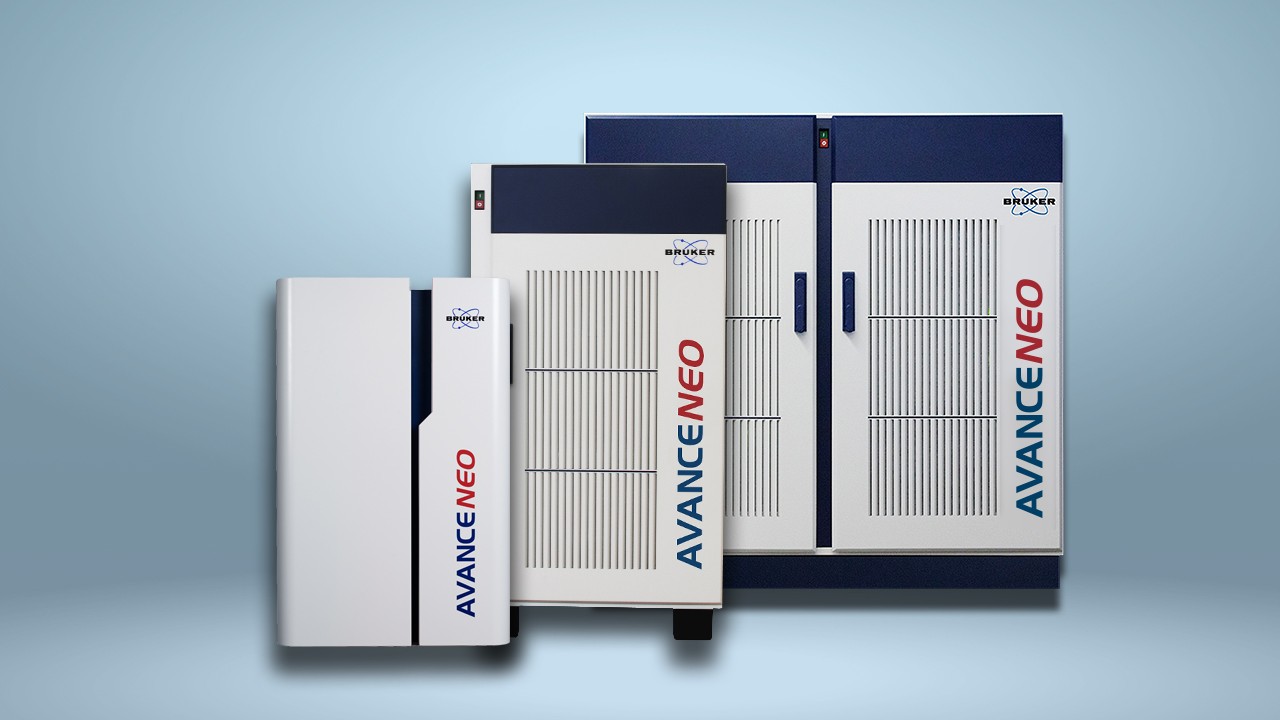

Using Proton NMR Spectroscopy to Authenticate Botanical Extracts
Nuclear Magnetic Resonance coupled to pattern recognition is a powerful and robust tool for characterization and authentication of botanical extracts
Botanical extracts are commonly used in naturopathic, homeopathic and traditional medicines. They are included in the group of compounds known as nutraceuticals, which covers a wide range of vitamins, minerals, supplements, probiotics and herbal remedies. Their use is steadily increasing amidst claims that they have benefits for maintaining or restoring health and wellsup-being. Indeed, the global market for herbal remedies alone is estimated to be $83 billion1.
The purported positive effects of nutraceuticals include healing, rejuvenation, protection against chronic illness, and restoration of the structure or function of the body. However, due to the low level of regulation regarding the marketing of nutraceuticals, the majority of such claims of effectiveness have not been scientifically substantiated and the safety of taking these products is frequently unknown. In addition, historically the composition of nutraceuticals was not verified and sometimes so-called remedies comprised worthless low quality or ineffective alternatives rather than the claimed active ingredient.
As regulation of nutraceuticals increases, there is demand for rapid yet reliable methodologies for analyzing the composition of complex natural products. Nuclear magnetic resonance (NMR) spectroscopy is widely used for the identification and quantification of components in natural remedies, but as the spectra are often complex it can be difficult to identify select and quantify individual peaks.
Chemical profiling, which does not require individual components of the botanical sample to be identified or quantified, can be conducted more rapidly2,3. Samples are classified by comparing the spectra with those of known compounds, called chemometric classifiers.
Although symmetric and sharp peaks, as obtained when real spectra data are used, are essential for qualitative analysis or quantitative analysis, peak reproducibility is of greatest importance for chemical profiling. Recognition is facilitated if the peak for a particular compound consistently has the same appearance making it easy to correlate between samples. Magnitude spectra proton NMR is one such technique that gives reliable reproducibility of peak as it uses both real and imaginary spectral components. Although this sacrifices the crisp and symmetrical appearance of the peaks obtained with real NMR spectra, it has inherent reproducibility that is critical for chemical profiling Furthermore, the size of the peaks obtained with magnitude spectra are directly related to the signal.
The value of magnitude spectra proton NMR has recently been demonstrated in the analysis of botanical samples4. Samples of tea extracts, liquor samples, hops extracts, and cannabis extracts were analyzed by proton NMR using a Bruker AVANCE III HD and Bruker Ascend™ 500 nuclear magnetic resonance spectrometer (Bruker BioSpin AG, Fällanden, Switzerland) equipped with a Ø5-mm broad-band multinuclear probe. The resultant magnitude spectra were evaluated against six classifier compounds. Peaks for each of the components in the sample were readily identified, and in 23 of the 24 comparisons made the magnitude spectral dataset gave significantly better results than the conventional real NMR spectrum4.
Reproducibility of the spectra with this methodology was confirmed by comparing pooled within-sample standard deviations.
Absolute magnitude NMR provides a rapid and effective means of chemical profiling of botanical samples through pattern recognition of NMR spectra. It thus represents a valuable tool in the quest to ensure the ensure the quality of nutraceuticals and protect consumer safety.
References
- WHO. The World Medicines Situation 2011—Traditional Medicines: Global Situation, Issues and Challenges [Internet]. WHO Press, Geneva, Switzerland; 2011.
- Harnly J, Chen P, Harrington PD. Probability of identification:adulteration of American ginseng with Asian ginseng. J AOACInt. 2013;96(6):1258–1265.
- Chen P, Harnly JM, Harrington PD. Flow injection mass spectroscopic fingerprinting and multivariate analysis for differentiation of three Panax species. J AOAC Int. 2011;94(1):90–99.
- De B Harrington P, Wang X. Spectral Representation of Proton NMR Spectroscopy for the Pattern Recognition of Complex Materials. J Anal. Test 2017. Epub ahead of print April 2017. Available at https://link.springer.com/article/10.1007/s41664-017-0003-y


